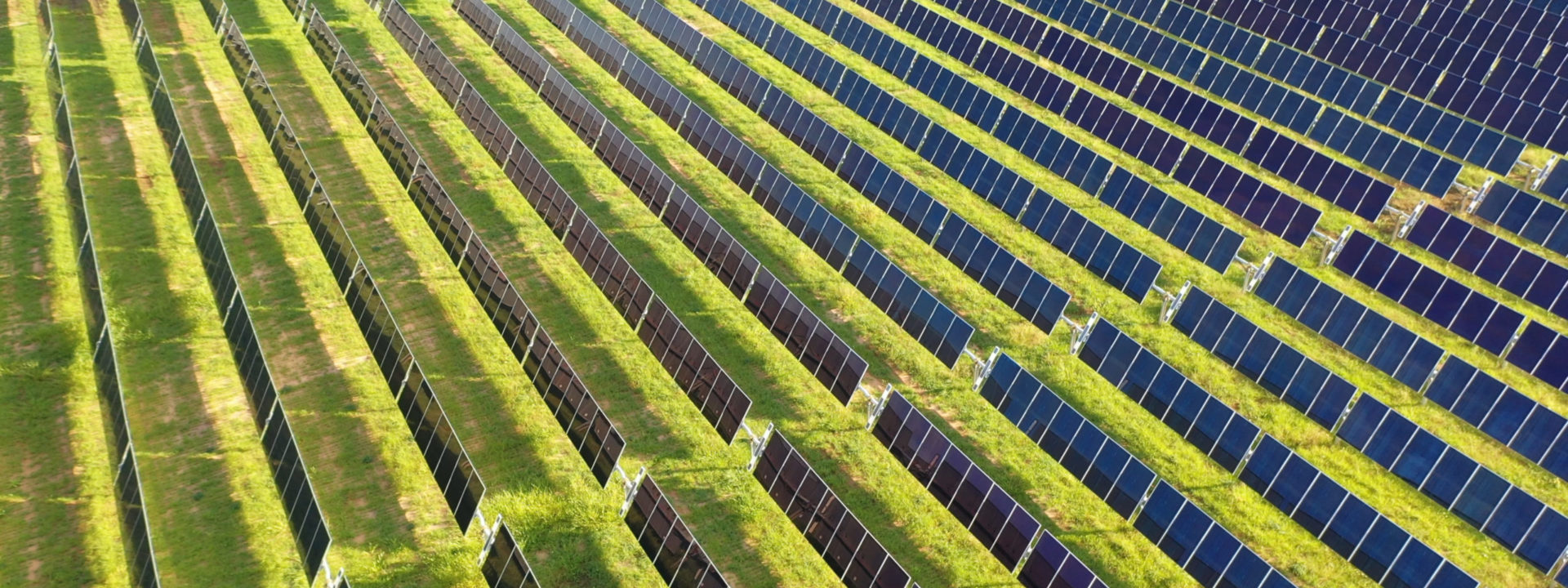 A new project aims to improve traditional stormwater runoff models, which were not created with solar installations in mind. The project will use data to help project developers and regulators predict storm runoff and make better decisions when developing ground-based solar farms.
A new project aims to improve traditional stormwater runoff models, which were not created with solar installations in mind. The project will use data to help project developers and regulators predict storm runoff and make better decisions when developing ground-based solar farms.The Photovoltaic Stormwater Management Research and Testing (PV-SMaRT) project, funded by the Department of Energy and conducted by researchers at the National Renewable Energy Laboratory (NREL), included field research at five utility-scale solar sites. Data collected at these sites was used to create a computer model, the PV-SMaRT Runoff Calculator, which is meant to be used by developers and regulators to better understand how solar farms affect stormwater runoff.
Previous stormwater runoff models were not created for ground-mounted solar installations, which meant officials and developers typically had to estimate the runoff. Doing this could lead to expensive requirements such as retention ponds that were not always needed in certain cases. The PV-SMaRT Runoff Calculator is meant to reduce these instances, and assist in mitigation strategies.
In addition to the runoff calculator model, the project developed best practices for stormwater management at solar installations. The researches found that the four most important elements to incorporate in solar development in regards to runoff are managing soil compaction and density, awareness of soil depth, planting and managing vegetation around the panels for water infiltration, and maintaining proper distance between panels to maximize infiltration.
The model has been downloaded in 25 states so far by state and local officials, solar developers, and other users.